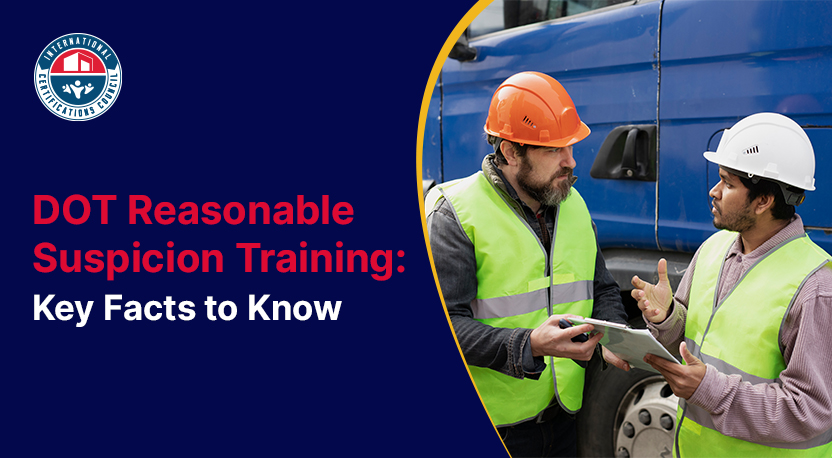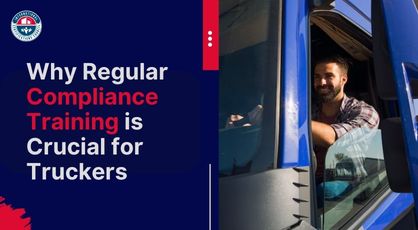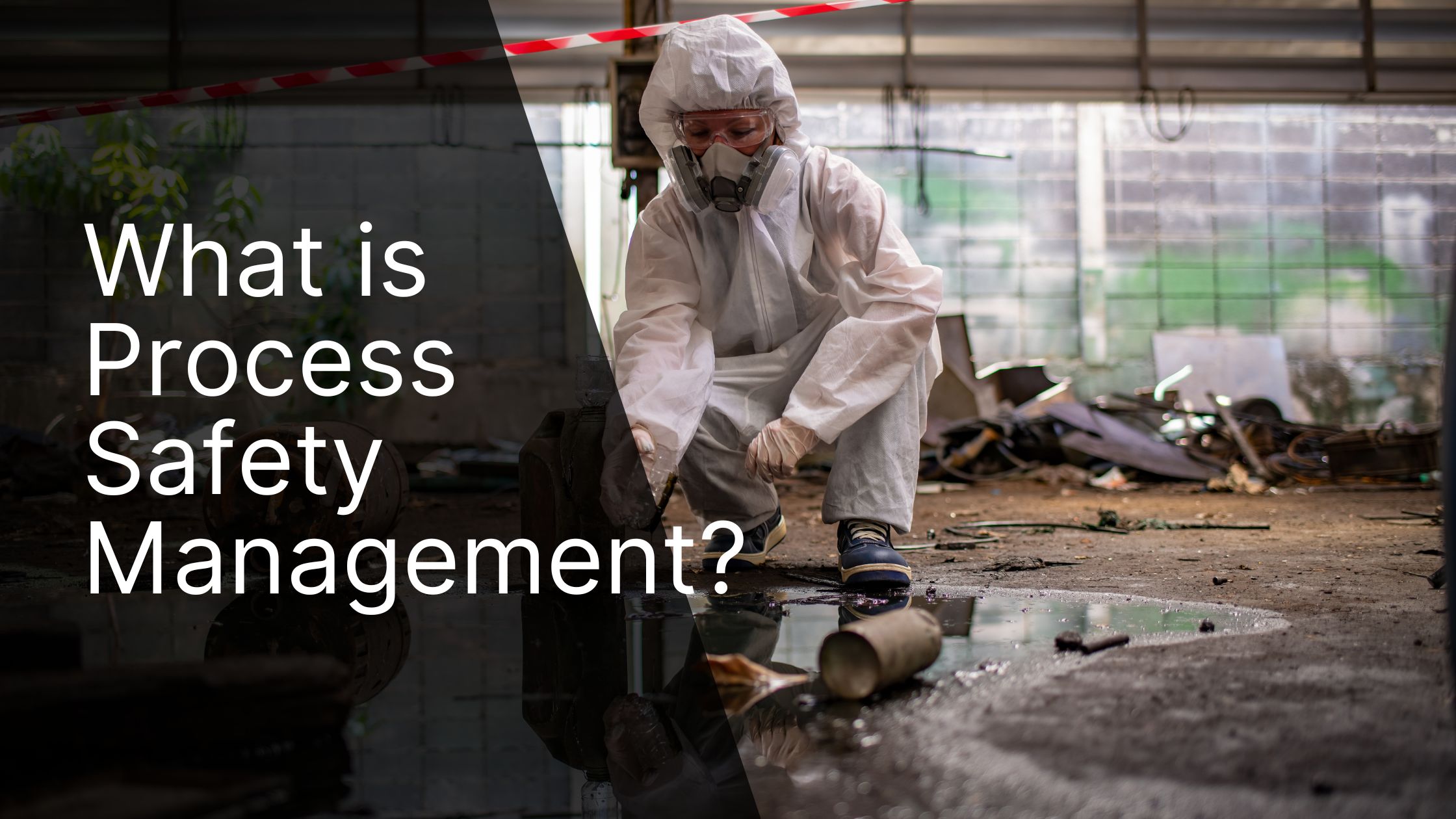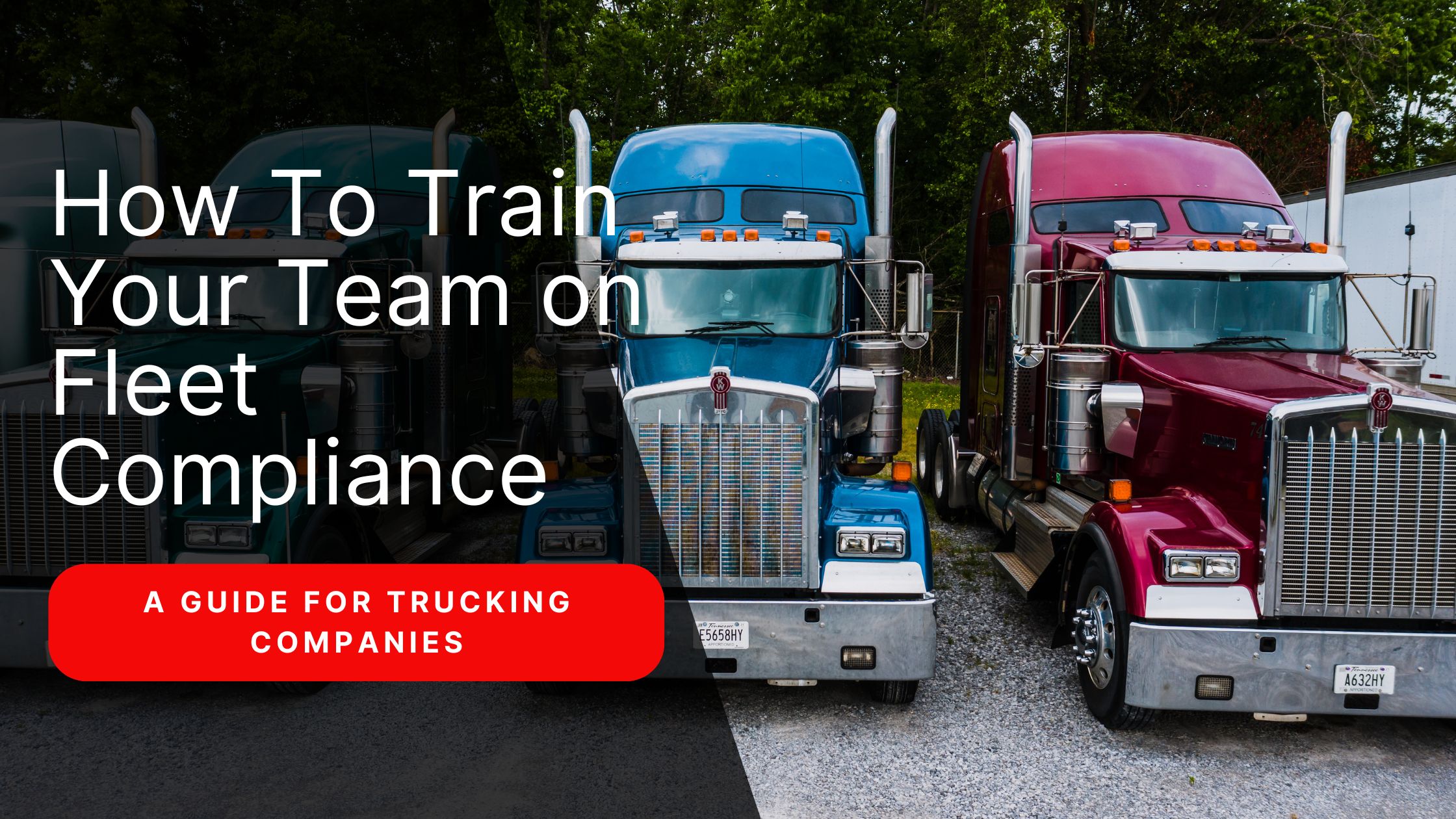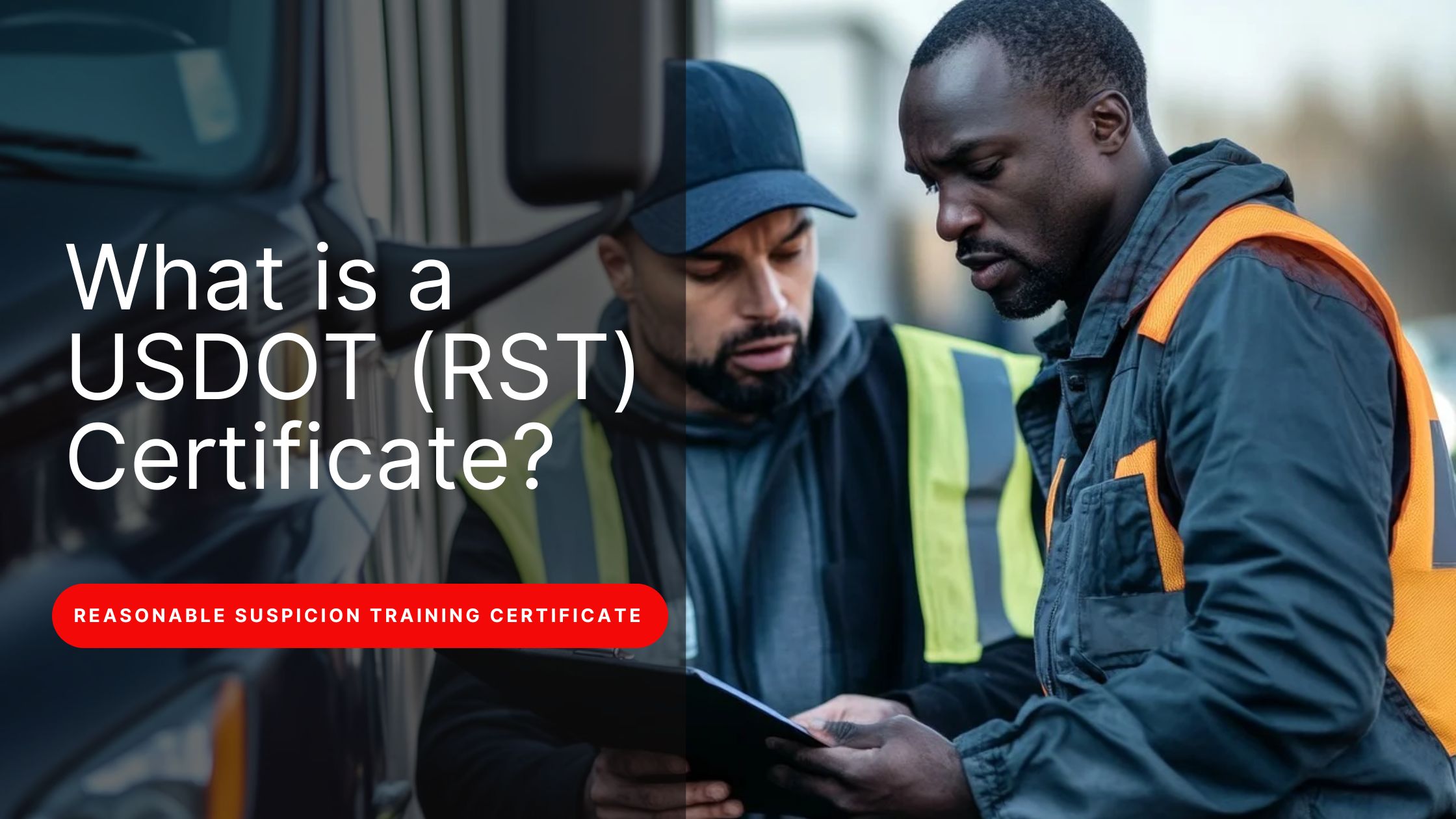While enjoying your morning coffee and checking email, all of a sudden, your heart skips a beat. The Department of Transportation (DOT) has notified about an upcoming fleet audit.
You feel panicked and ask yourself, "Are we ready for this?" "Did we miss something?" Do you recognize this situation? You're not alone. A DOT audit can be like a storm cloud hanging over the operations of many fleet managers and business owners, ready to pour.
Luckily, things don't have to go badly.
Imagine this: You walk into the audit with confidence. The paperwork is in order, the fleet follows the rules, and you're ready to show how well you're prepared. As the auditor sees your dedication to safety and following the rules, they may even nod their head in agreement.
A DOT audit may become an opportunity to highlight how great your fleet is rather than a frightening procedure with proper planning.
The safety investigation summary report released by the Federal Motor Carrier Safety Administration (FMCSA) shows that "94% of safety investigations last year found violations." Acting now will really save you a lot of difficulty (and expensive fees) down road. Reading this will help you prepare for DOT tests. It contains everything you require.
What is a DOT Audit?
The Federal Motor Carrier Safety Administration (FMCSA) sets safety rules for trucking companies. A DOT audit is a review that sees if your trucking company is following all of them. This is like a report card for your business, making sure you're following the safety rules.
It will be checked against six important areas by the auditors to make sure you're following the rules. Some of these areas are:
- General: Are you following the FMCSA's general rules?
- Driver: Do your drivers have the right training, and do they follow safety rules?
- Operational: Are you making sure that the day-to-day activities are safe?
- Vehicle: Are your vehicles in good shape and safe to drive?
- Hazardous Materials: Are you working safely with any of these?
- Accidents: How do you handle them, and do you learn from them to stop them from happening again?
Many times, the audit happens at your place of business. But these days, it can also be done by phone, video call, or even text. There is only one goal, and that is to make sure that your company is safe and following FMCSA regulations.
When an auditor finds something that isn't right, they will tell you what went wrong and what the consequences could be. In the worst cases, you could be shut down. Don't worry, though; being ready can make all the difference.
Why DOT Compliance Matters
Following DOT guidelines goes beyond avoiding fines and penalties and keeping out of trouble. The safety of your drivers, other road users, and your company's reputation also depends on it.
Ignoring the guidelines could have negative consequences like hefty fines, legal action, or running power. In the worst circumstances, a failing audit may permanently or temporarily close your company.
Encouragement of a safety and responsibility-oriented attitude will help your staff stay by the policies. It makes crashes less likely, enables you to keep good employees, and might even lower your insurance costs.
DOT Audit Checklist
By keeping these six key areas organized and up to date, you’ll be better prepared when a DOT audit comes around. It’s all about being proactive and staying on top of your records!
- Driver Qualification Files
You need to keep up-to-date records on each driver, such as their commercial driver’s license (CDL), medical papers, and references from previous employers.
Ensure you have proof that their driving record was reviewed and that they did any training needed.
- Hours of Service Logs
To stay alert, drivers need to keep correct records of their work hours.
Six months of driver records will be required to demonstrate your adherence to DOT’s rules on rest breaks and driving hours. This discouragement of rule violations helps to prevent fines resulting from violations.
- Vehicle Maintenance Records
To ensure your vehicles are properly maintained, keep detailed records of every inspection, repair, and maintenance job done on them. At least 14 months of vehicle inspection reports can help you demonstrate that your business is road ready.
- Drug and Alcohol Testing Program
You must have a clear, written policy on drug and alcohol testing, including documentation of any tests carried out. You should have documentation of any actions taken to address any issues drivers experienced that resulted in test failure.
- Accident Register
Keep a record of all the accidents that happen with your vehicles, even if they are small ones.
As part of this, the specifics of each event and the actions that were taken afterward must be written down. This shows that you're trying to make things safer.
- Insurance and Security Documentation
You need to show proof of liability insurance (MCS-90 form) that meets the DOT's requirements. To make sure your operations are safe and legal, you'll also need a current DOT security plan.
Steps to Prepare for a DOT Audit
Now that we've talked about the most important parts of compliance, let's talk about what you can do to get ready for a DOT audit.
1. Do an audit of yourself
A DOT audit is coming up, and one of the best ways to get ready is to do your own internal review. This will help you find possible legal issues before they become big issues.
How to do it: Go over the main areas of compliance (like driver training, HOS, vehicle maintenance, and drug testing) and see if your records match what the DOT wants. Make a list and make sure that all the paperwork that is needed is in order.
2. Leverage Fleet Management Software
Technology might be your best friend when it comes to rule compliance.
From the hours drivers log to the maintenance schedules for every vehicle, fleet management systems track everything. You can, therefore, be confident that nothing is overlooked.
How to do it: Choose a fleet management system that tracks car upkeep, notes driver certifications, and operates with Electronic Logging Devices (ELDs). This dramatically reduces the possibility of errors and lost possibilities.
3. Train your staff
Drivers and fleet managers are the ones who are most likely to follow the rules. They should be well-trained and up-to-date on the latest regulations and business policies. Training should cover everything, from HOS rules to vehicle cleaning procedures.
How to do it: Hold training classes on a regular basis, especially when new rules start to apply. Adding refresher courses to current rules will help them stick.
4. Keep Detailed and Organized Records
An audit is all about forms and papers. Having messy or missing records can make the audit process more complicated than it needs to be.
How to do it: Keep records in a manner that is easy to find, whether they are digital or paper. Check to see if records are right, up to date, and properly filed.
5. Be Proactive About Following The Rules
Start thinking about compliance, not waiting until you get an audit notice. Review and update policies on a regular basis, conduct internal inspections, and keep drivers updated about rule changes to help you be confident you are obeying the regulations.
How to do it: You should set up regular changes and checks for compliance. Everyone in your company should follow the rules if you want to be on the same page.
What to Expect During a DOT Audit
Knowing what happens during a DOT audit can help you feel less stressed about it. What you can look forward to is this:
- Opening Conference: The auditor will begin by going over the steps of the audit and the areas that will be looked at.
- Review of Documents: The auditor will look at your records, such as driver records, vehicle repair logs, and HOS data.
- Interviews: Auditors may ask to talk to fleet managers, drivers, or other staff to make sure that methods are being followed correctly.
- Closing Conference: The auditor will share their results with you and let you know about any violations or places that need to be improved after the audit.
Conclusion: Stay Ahead of the Curve
One must not be terrified of getting ready for a DOT inspection. Emphasizing the most critical areas of compliance—such as driver credentials, hours of service, car maintenance, drug and alcohol testing, and safety rules—you can ensure your fleet is always ready for an audit.
Preventive actions include self-audits, fleet management systems, and continuous staff education to maintain compliance and foster a safe culture.
Make sure your fleet is constantly ready for a DOT inspection; be strategic in following the policies. It will prevent you from being fined or punished and make running your company safer and more seamless.

